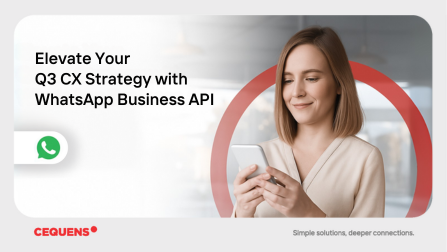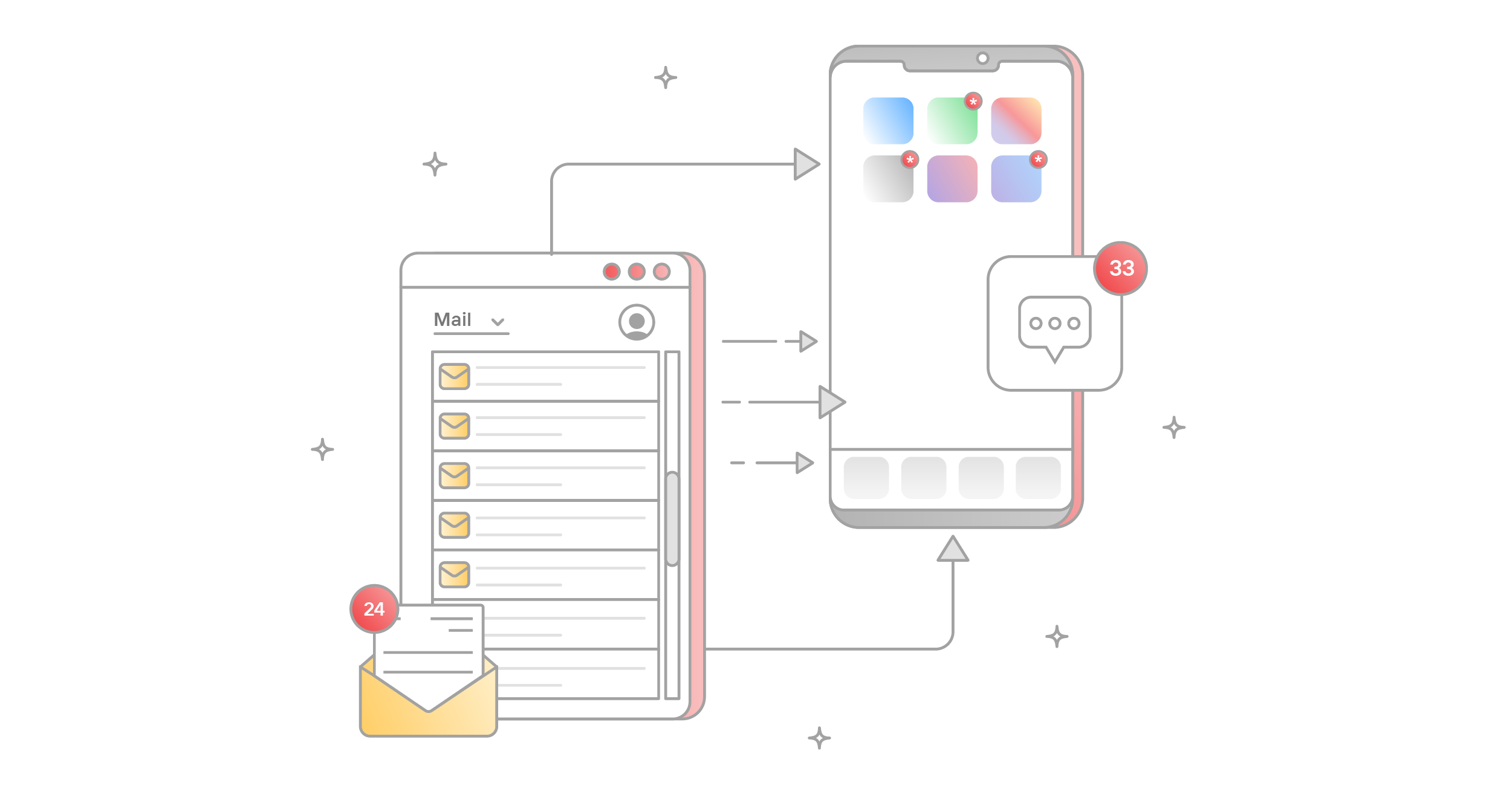This might be an unpopular truth, but email marketing doesn't have as much clout as ten or even five years ago. It is no longer the most popular way to communicate with businesses. According to research from Facebook, 59% of people prefer to message companies than send an email. Also, 61% would rather text than pick up the phone. There's been a radical shift from email marketing to text marketing, where prospects and customers engage with businesses via internet-based texting apps or traditional SMS. In this article, we will explore the former and outline the benefits of apps like WhatsApp Business for personalized, instantaneous, and highly engaging communications.
Why has there been a shift to texting apps?
There are various reasons for this business marketing phenomenon. Traditional sales emails often wind up in spam folders — 20% of them, according to one study. Additionally, some customers might perceive marketing emails as spam and move these emails to their Trash folders.
There's also the idea of email fatigue, where people get bored of constantly receiving marketing emails from every company they give their details to after purchasing a product. The symptoms of this type of fatigue? Recipients delete messages and even unsubscribe from mailing lists.
Another unpopular truth is that text messages are more effective than email messages. With texting apps like WhatsApp, businesses can avoid having their messages end up in cluttered email inboxes. Research shows that text messages have a 98% open rate, compared to just 20% for email. Plus, 60% of people check text messages within 5 minutes of receiving them.
It is unclear exactly when the shift to texting apps happened. Research indicates it was around 2016 when WhatsApp, now the world's most popular mobile messaging platform, hit 1 billion monthly active users — the same number as Gmail at the time. One thing's for sure: The shift happened gradually, with WhatsApp launching in February 2009. Email was dominating for a good chunk of the 2010s.
How texting apps improve engagement
Email is an example of asynchronous communication, where a customer or a business sends a message, and there is a time lag before either party responds. However, it could be hours before a company replies to a customer’s email, despite 90% of people expecting businesses to respond to queries and complaints within just 60 minutes. Moreover, 30% expect a reply in 15 minutes.
Texting apps, on the other hand, are an example of synchronous communication, where a customer and a business can exchange messages simultaneously in real-time. CPaaS tools like WhatsApp Business API allow marketing and customer service teams to cherry-pick features for instant messaging, allowing for:
- Speedy information exchange
- Instantaneous promotion, marketing, upselling, and cross-selling
- A quick and convenient way for companies to resolve customer problems
What about personalization?
Although both email and text marketing offer a high degree of personalization, text does it better, especially live messaging. Because texting apps are synchronous, marketers can customize communications in real-time. That goes far beyond addressing a prospect or customer by their first and last name. Marketers can have live conversations with recipients and quickly adopt modern marketing techniques according to how these conversations play out.
It's not uncommon for a marketer to react to someone's interests, hobbies, and previous purchasing history during a WhatsApp conversation, nor is it unusual for a marketer to personalize messages with emojis, GIFs, or live media.
Even if businesses don't want or lack the ability to communicate with customers in real-time, texting apps are still better for personalized and curated asynchronous communications.
"With a WhatsApp Business account, you can make your social media customer service more efficient and personal," says HootSuite, listing the below WhatsApp Business tools that elevate the customer experience:
- Quick Replies let businesses save answers to frequently asked questions as templates and create shortcuts to those answers.
- Labels organize messages by urgency, allowing for a quick resolution to common customer problems.
- Automated 'Away' and greeting messages mean customers receive communications from businesses immediately even if those businesses are unable to respond.
- Product catalogs serve as a mobile storefront, enabling customers to browse (and hopefully purchase) products from WhatsApp without ever leaving the app.
Most email providers don't have any functionality for product catalogs or templates for common questions, so businesses would need to use a third-party tool to use these chat marketing techniques.
Conclusion
Commercial emails no longer have the influence they once had. More businesses are incorporating texting apps into their omnichannel marketing strategies as more customers depend on these apps to reach out to businesses asynchronously. This shift will only accelerate further as more people download mobile messaging applications onto their smartphones.
For additional marketing tips and principles, visit our blog.


